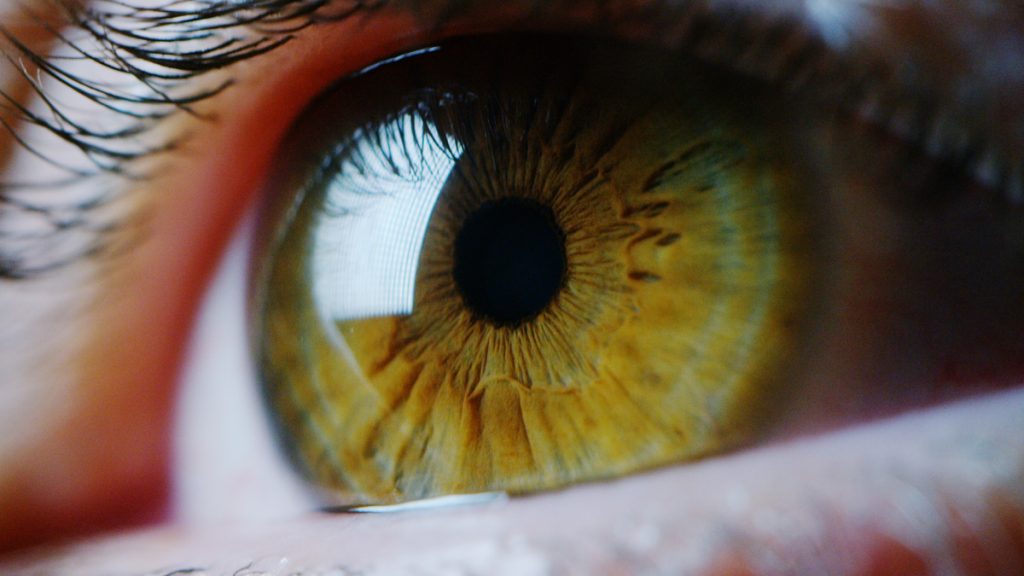Perception is whatever our eyes subconsciously pick up while visual attention is the will to look at something specific. Nevertheless, behind a simple glance, our brain activates a complex but efficient system that solicits the work of billions of neurons. The human brain has not yet released all its secrets, which is why many researchers are constantly experimenting to better understand its mechanism. Recently, they have demonstrated that we quickly and very easily spot human faces compared to other objects.
What happens when we stare at an object?
Apparently, our eyes are constantly making quick little movements called saccades so that we can pick up new information when we fix our gaze on various elements of the world. To be more precise, our brain receives the information and reacts according to the object that we stare at.
Although we generally cannot perceive our own eye movements, the abrupt change in visual input with each saccade has substantial repercussions at the neural level. Besides, in a recent experiencescientists have demonstrated that depending on the fixed object, the brain activity triggered can be quite unique.

What kind of experience is this? What are the results ?
The first author and cognitive neuroscientist Tobias Staudigl from the Ludwig-Maximilians-University of Munich in Germany and his colleagues did an experiment on epileptic patients, which was published in Science Advances. They implanted electrodes in their brains to monitor their condition. Afterwards, they asked the subjects to freely look at a series of visual stimuli on a screen such as images of monkey faces, human faces, and faceless images.
In parallel, a camera eye-tracking system monitored the displayed images and simultaneously, electrodes monitored neuronal activity in the amygdala and hippocampus. So they noted that when patients looked at human faces, neurons fired and synchronized between these two separate parts of the brain. Nevertheless, when it comes to human faces that they had already seen at the start of the experiment, the firing pattern of neurons in the amygdala appeared slowly, reports Science Alert.
Thus, they concluded that this reaction is the brain’s way of handling memory encoding for important social information. However, familiar faces do not trigger the same level of neural arousal as novel social stimuli.
[related_posts_by_tax taxonomies=”post_tag”]
The post Looking at a human face triggers brain activity unlike any other object appeared first on Gamingsym.

